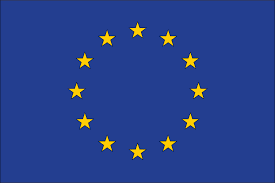Chemycal has been acquired by 3E
Learn MoreChemycal has been acquired by 3E
Learn MoreDiscover how Chemycal PRO helps you boosting your regulatory monitoring:

What is the Circular Economy?
To ensure sustainable growth for the EU we have to use our resources in a smarter, more sustainable way. It is clear that the linear model of economic growth we relied on in the past is no longer suited for the needs of today's modern societies in a globalised world. We cannot build our future on a 'take-make-dispose' model. Many natural resources are finite, we must find an environmentally and economically sustainable way of using them.
In a circular
What was in the Commission's Circular Economy Package?
To facilitate the move to a more circular economy, in December 2015 the Commission put forward a first Circular Economy Package, which included revised legislative proposals on waste, as well as a comprehensive Circular Economy Action Plan setting out a concrete mandate for this Commission's term of office.
The Action Plan on the Circular Economy set out measures to "close the loop" of the circular economy and tackle all phases in the lifecycle of a product: from production and consumption to waste management and the market for secondary raw materials. The Action Plan also included a number of actions that will target market barriers or boost circularity in specific sectors or material streams, such as plastics, food waste, critical raw materials, construction and demolition, biomass and bio-based products, as well as horizontal measures in areas such as innovation and investment.
In 2018, this first set of measures was complemented by the second Circular Economy Package, including the EU Strategy for Plastics in the Circular Economy, Monitoring Framework of Indicators for the Circular Economy, a Communication on the interface between chemicals, products and waste legislation. The Commission also made a proposal for a Directive addressing single-use plastics and fishing gear – the two most important sources of European plastic marine litter.
CONTINUE READING ON europa.eu
2013 © MyChemicalMonitoring. ALL Rights Reserved. About Us | Terms and Conditions